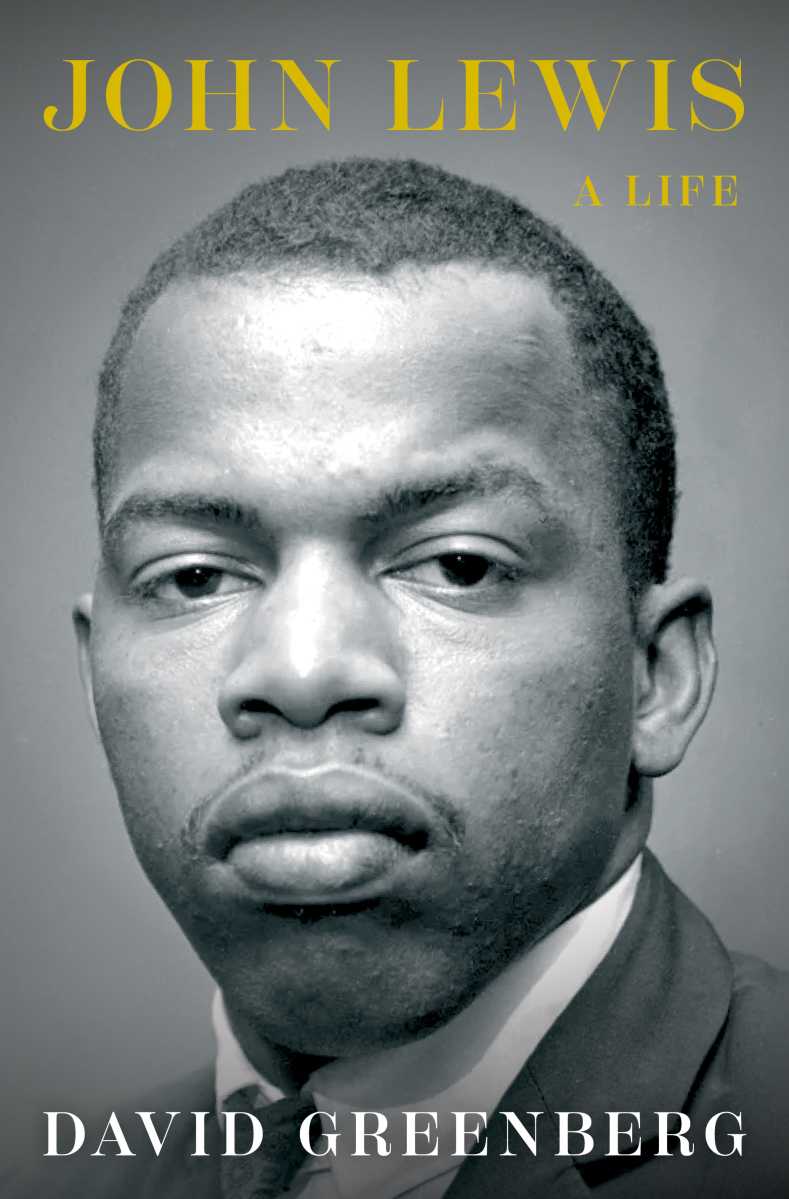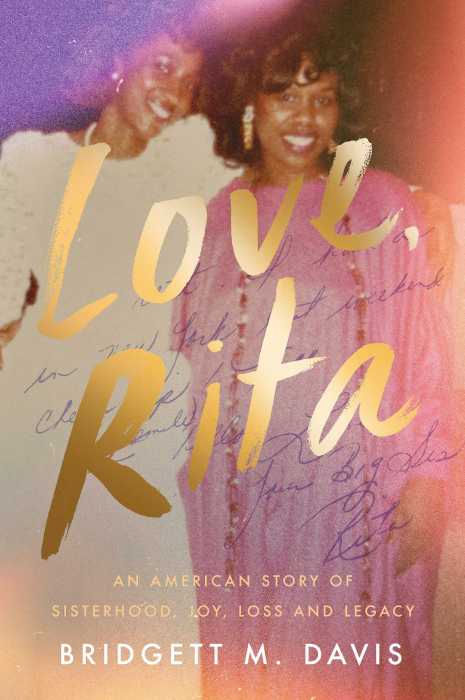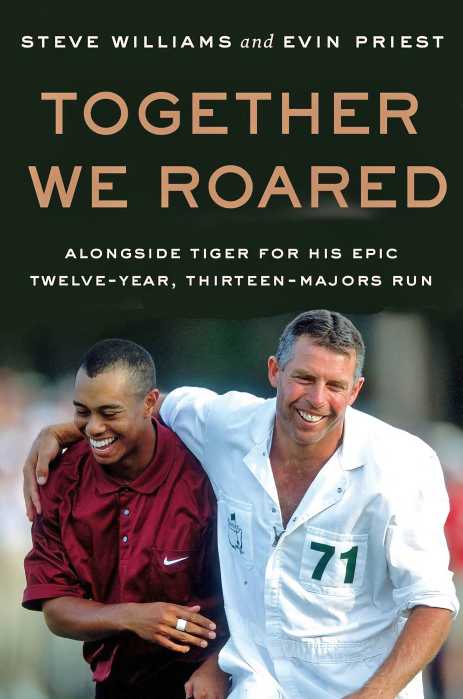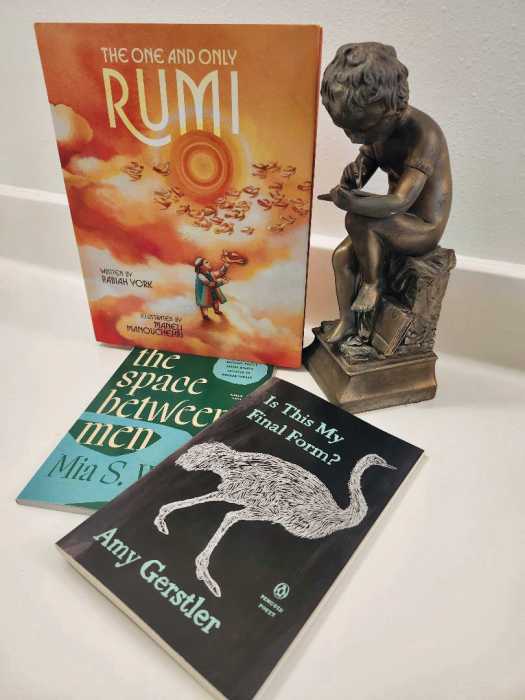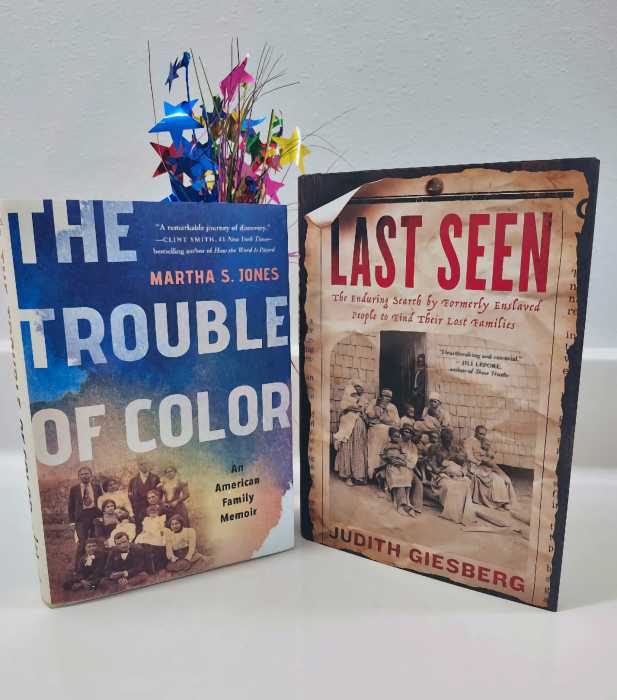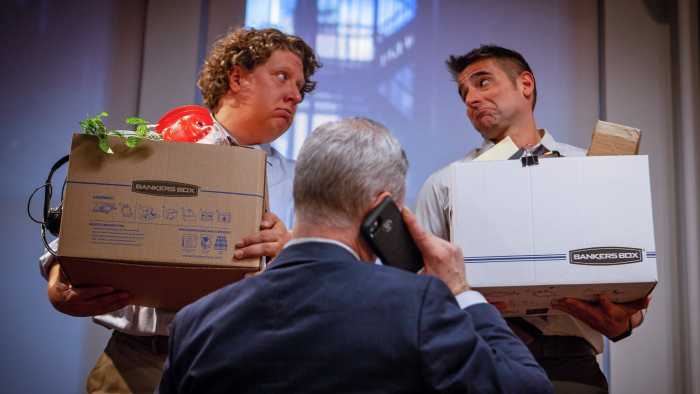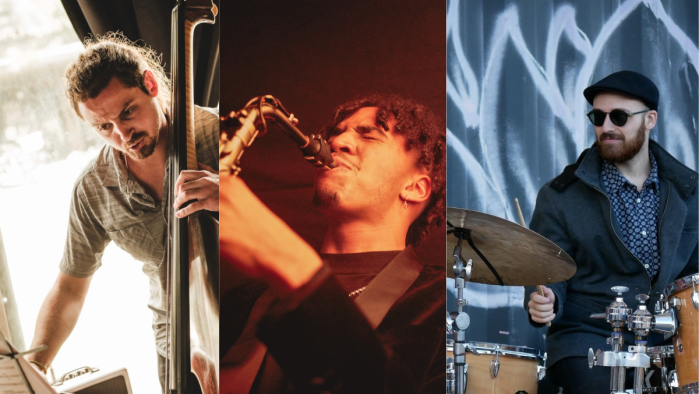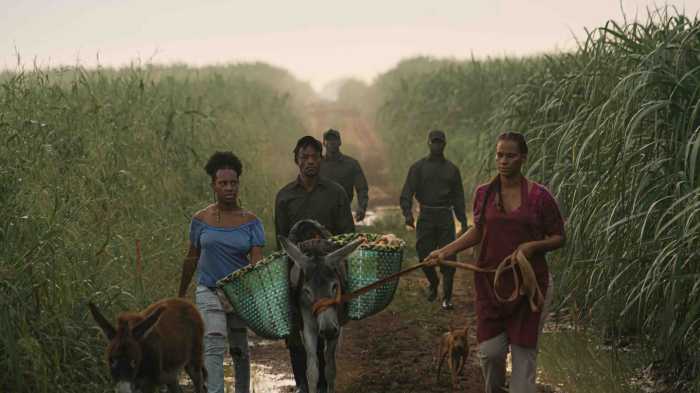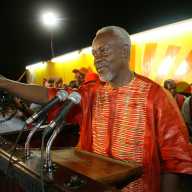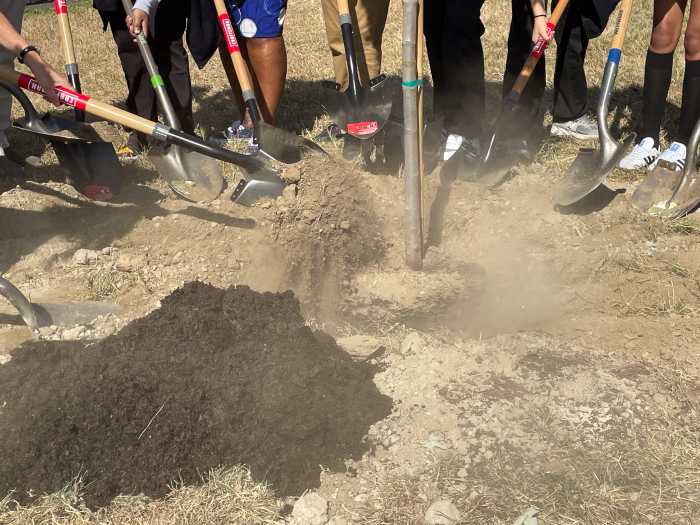“John Lewis: A Life” by David Greenberg
c.2024,
Simon & Schuster
$35.00
704 pages
You give, and you give, and you give.
No problem. If you can be of service to your community, then that’s what you’ll do. You’ll volunteer where you’re needed. You’ll offer up your time to organize events and gather other helpers. You’ve dedicated your life to public service because, as in the new biography, “John Lewis: A Life” by David Greenberg, you’ve got it to give.
Born into a large but low-income family in 1940, John Lewis grew up dodging chores in his father’s fields in favor of time spent reading anything he could get his hands on. Lewis’s extended family – numbering in the hundreds – never minded much. They knew young John had big plans to get off the farm and make something of himself.
Though he was already a victim of Jim Crow laws, and racism kept him from the books and education he craved, Greenberg says that “John’s teenage years coincided with the emerging civil rights movement….” and that became Lewis’s focus. He avidly followed the radio broadcasts of Martin Luther King, Jr., who became a beacon for him.
When it was time to choose a college, Lewis attended the American Baptist Theological Seminary in Nashville. However, he “began… to ‘drift away'” from the church because it frowned on his interest in the NAACP. He chose another church and eventually made a name for himself as a gentle, level thinker and a leader.
By 1960, Lewis had become more active in the effort for equality; in 1961, he met Dr. King, who “had a high opinion of Lewis…” King offered Lewis a job, but Lewis “felt committed to SNCC” and turned the great man down.
Still, Lewis kept in contact with King after he went to work with Robert Kennedy in 1968. He was organizing on behalf of Kennedy in Indianapolis when Dr. King was assassinated; he was in New York when Kennedy was shot.
It’s almost impossible in a small article like this to explain the breadth and depth of John Lewis’s days or this book. There’s so much to learn, so many anecdotes to describe his work and life. Since distilling what author David Greenberg offers won’t do justice to either subject or saga, know that “John Lewis” is as comprehensive as possible.
Using archives and newer sources, Greenberg dives into Lewis as a whole, taking us back even before he was born. Readers who’ve spent considerable time studying the politician will be pleasantly surprised to find new information here; those who are familiar with Lewis’s Civil Rights work or his politics will devour the until-now unfamiliar parts, making each page a pleasantly dramatic discovery, like a treasure hunt with an old friend.
Be aware that Greenberg populates this account of Lewis’s life and career abundantly, which can be overwhelming unless you devote your time well. “John Lewis” is a book for students, historians, biography lovers, political fans, and activists.
Find it for yourself. Consider it for gift-giving.


